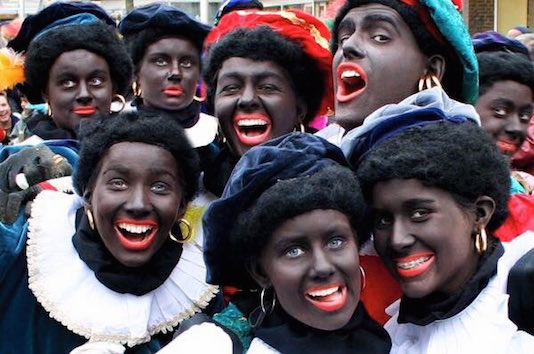So, as I shared a table at an over crowded gay bar in San Francisco, the German man who had struck up a conversation with my friend, leaned over to me and said, “That is a beautiful colour on you”. He was admiring the tomato red top I had on that evening. I thanked him, and then the conversation veered to where I was from originally. When I said India, he sat back and exclaimed delightedly, “Ah India! Such a beautiful country”. I felt my heart swell with pride till he leaned over once more and asked, “So why don’t Indian women wear sarees anymore?”
Don’t we? I mulled this one over. When was the last time I’d worn a saree? That would be Diwali 2017. That was also the only time in the year I’d worn a saree. I could plead a dozen excuses. After all, the climate in the U.K. doesn’t allow a lot of saree wearing. I lead a very busy life. I travel a lot. The saree is not the most convenient outfit for everyday use. Yet, the sad truth is, I really don’t wear a lot of sarees. Nor do most of my contemporaries.
Trawling through Facebook pictures of some New Year’s Eve party, I was struck by how many overweight Indian women insisted on squeezing themselves into unflattering dresses, when a saree could have covered a multitude of sins, and allowed them to look elegant and beautiful. Instead, there they were, mutton dressed as lamb, wearing mini skirts that displayed wobbly thighs, or halter necks that did little to camouflage their back fat.
Since when did sarees get relegated to fashion oblivion?
Bollywood that sets fashion trends has all its starlets parading on the red carpet in the latest sequinned number from Elie Saab or some such designer. If a mainstream actress decides to wear a saree, she is immediately consigned to the ‘Amma’ (mother) heap. Sarees are passé. They are for the elderly or the behenji (read boring) types. The trendy, modern, fashion forward diva wouldn’t be caught dead in one. More is the pity.
With a history that dates back to pre BC Indus Valley civilisation, the saree- a single piece of cloth measuring between 5 and 9 yards, has had a rich, varied and symbiotic relationship with the subcontinent. From the multiplicity of its drapes, to its fabrics and designs, it has adorned the female form much longer than most other vestments. Why then, is it so under threat now?
Growing up, all I ever saw my mother wear, were the most exquisite sarees. From Chanderi cottons to Kanjeevaram silks, her wardrobe consisted of a riot of colours, weaves, fabrics and patterns. Her collection of sarees was legendary amongst her peers, and I was constantly reminded how lucky I would be one day to inherit all this. Yet today, those sarees languish in unopened cases, her legacy ignored, if not forgotten entirely.
Is the Indian Saree going the same way as the Japanese Kimono- only to be worn at weddings and special occasions?
My fervent hope is that never happens. The beauty, the elegance and the grace of the traditional attire, the cultural weight it carries, the exoticism it bestows upon its wearer can never be replaced by its western counterpart. There are some incredibly stunning couture dresses out there, but put an Indian woman in a simple khadi saree and watch the transformation.
Designers like Sabyasachi and Ritu Kumar are reinventing the saree for the Millennials. Fashionistas like Sonam Kapoor are donning them with flair at places like Cannes. So, perhaps, the saree isn’t entirely dead? If reinvention is the name of the game, then so be it. Let the saree evolve, but let it survive.
For my part, I intend to dig my mother’s sarees out, and wear them with pride. And as I fold and drape the luxurious silk over me, in some small way I will keep her alive as well.



